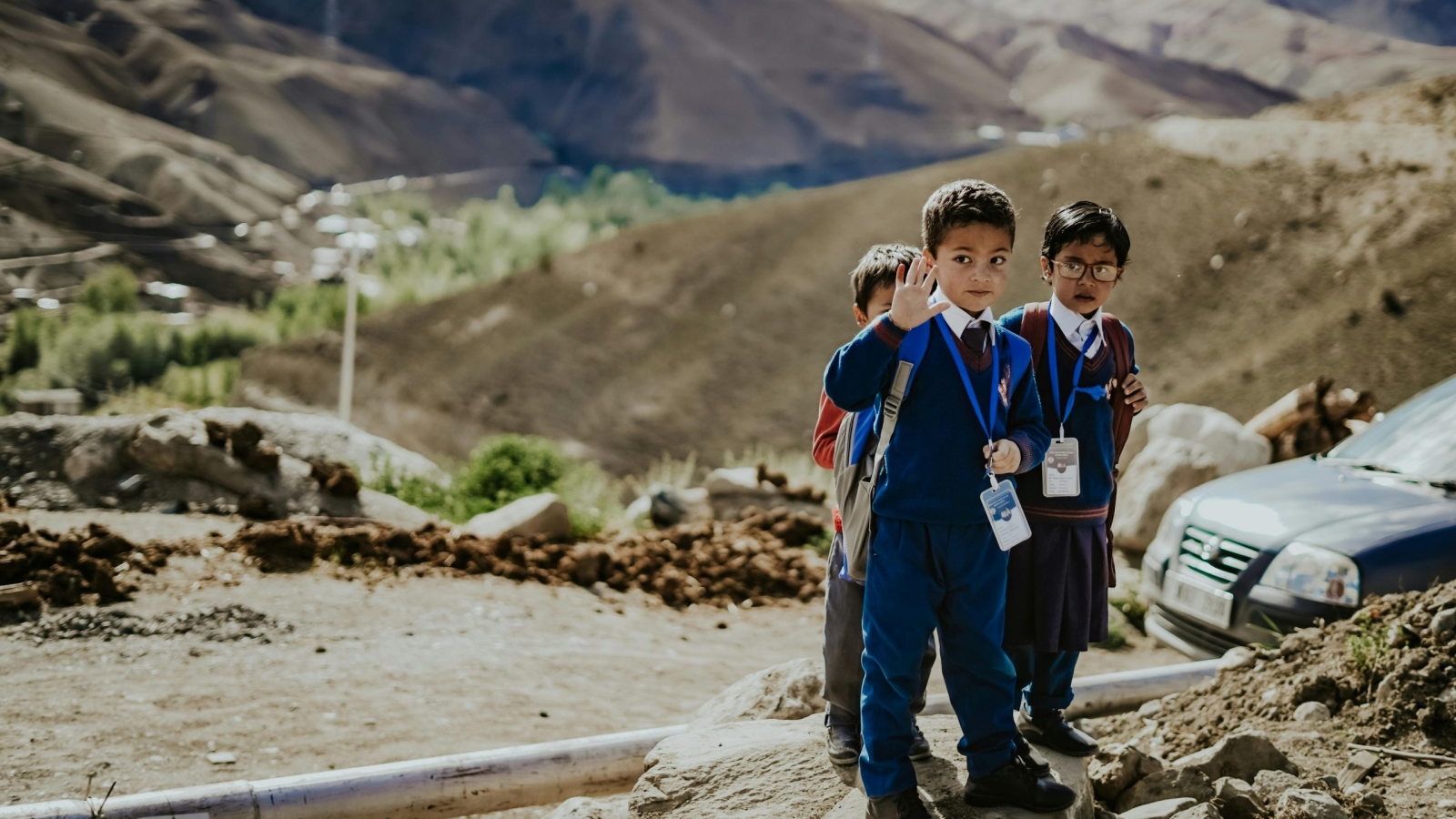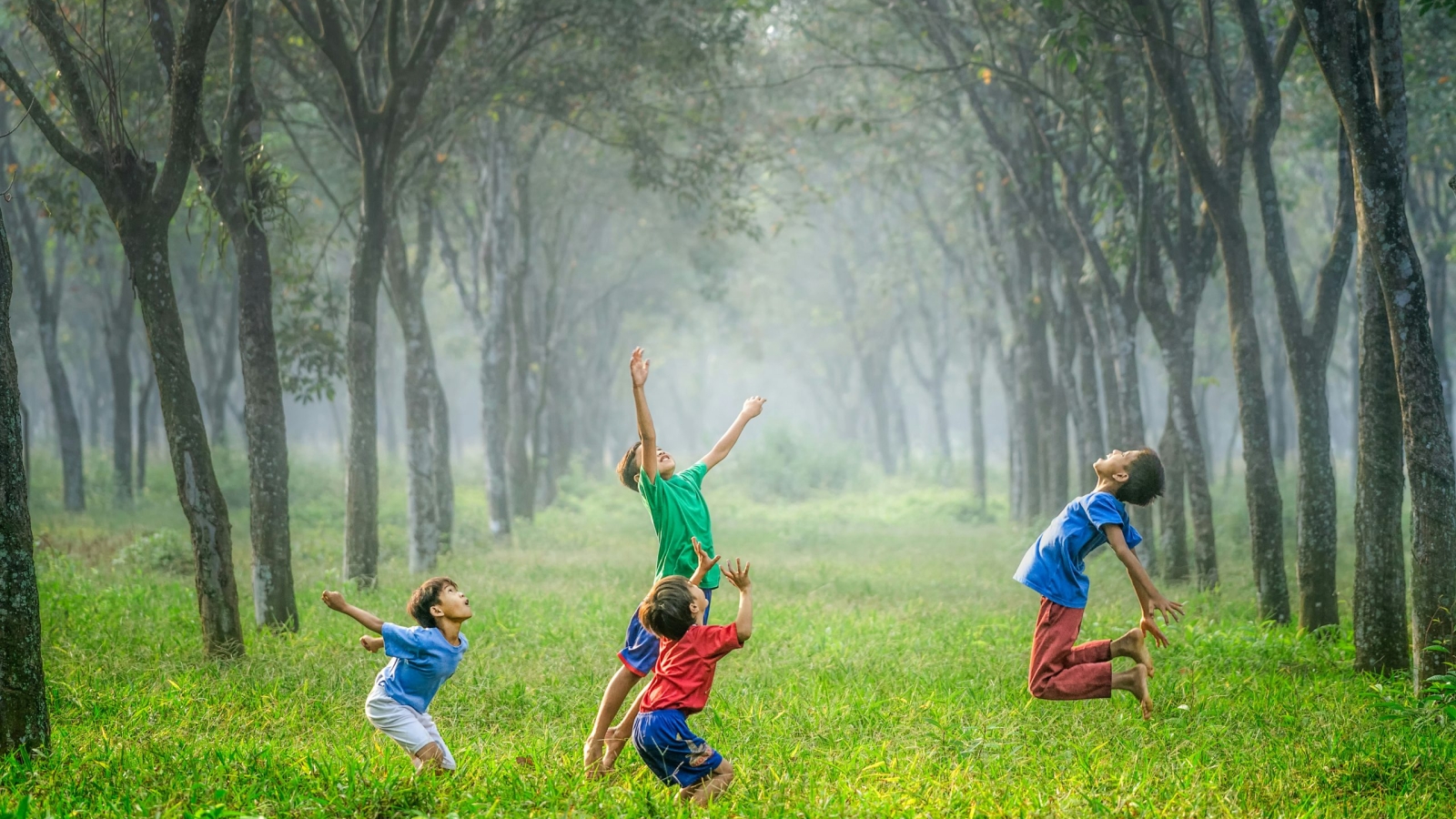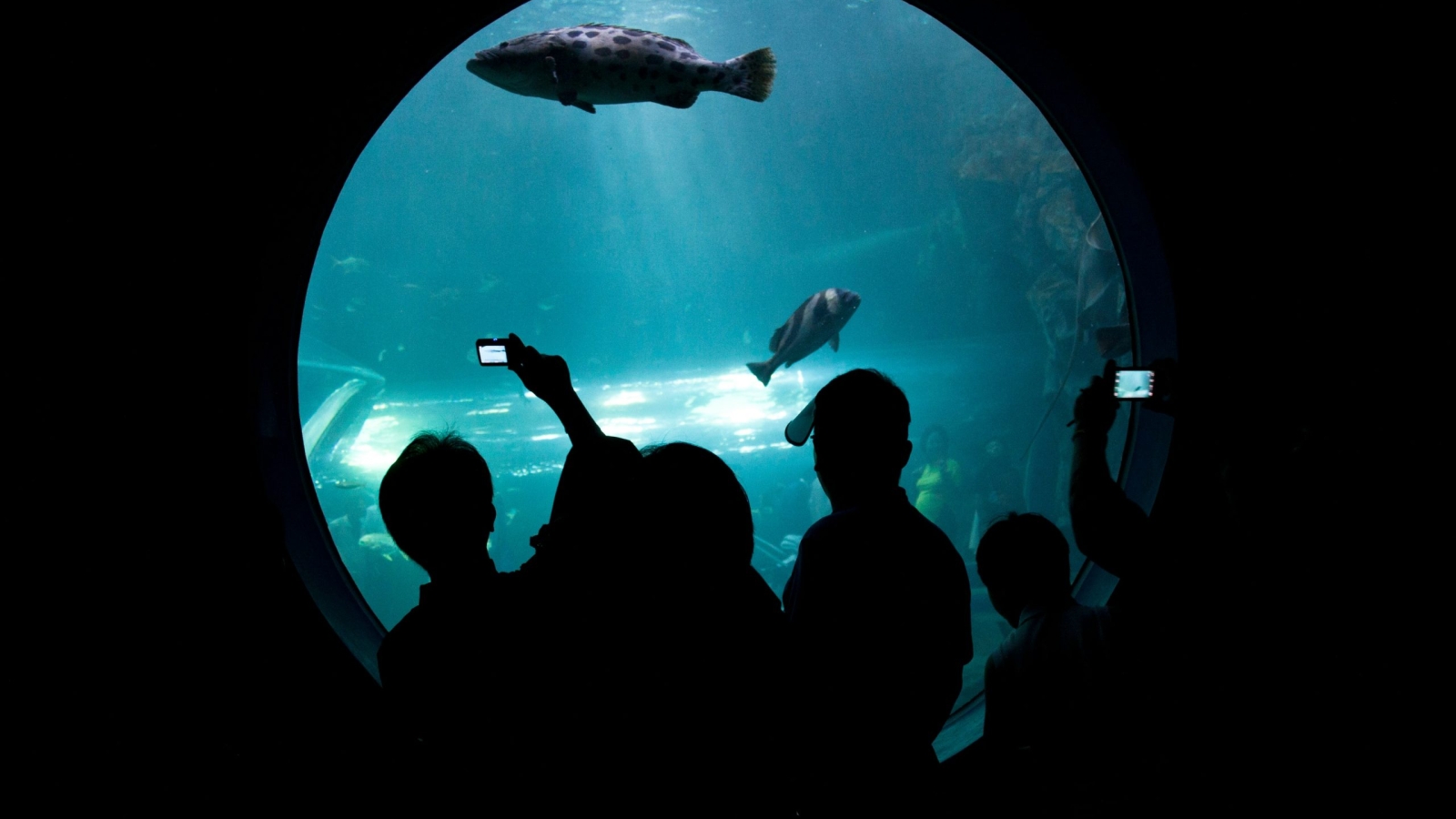STEM education is all about hands-on learning and real-world problem-solving, making field trips a perfect complement to classroom instruction. Field trips to places like science museums, technology centers, and engineering labs give students the chance to interact directly with STEM concepts, deepening their understanding and sparking curiosity.
In this post, we’ll explore the unique ways field trips enhance STEM education, allowing students to experiment, observe, and engage with science, technology, engineering, and math in practical, exciting ways.
Why Field Trips are Vital for STEM Learning
Field trips provide a level of engagement that traditional classroom settings often struggle to replicate. By taking students to environments filled with interactive exhibits, live demonstrations, and cutting-edge technology, field trips make STEM concepts more accessible and memorable.
Some of the key benefits include:
- Experiential Learning: Engaging directly with STEM tools and environments makes abstract concepts concrete. For example, watching a robot in action or observing chemical reactions firsthand helps students understand complex processes that are hard to visualize in a classroom setting.
- Inspiration and Curiosity: Field trips expose students to fields and professions they may not have considered, from data science to renewable energy. This exposure often inspires students to pursue STEM-related studies and careers, particularly in areas they didn’t know existed.
- Practical Problem-Solving Skills: Field trips focused on STEM emphasize problem-solving and critical thinking. Many locations offer guided activities or challenges where students must use logic, math, or engineering skills to complete tasks, which reinforces practical applications of their learning.
Ideal STEM Field Trip Destinations
Here are some excellent field trip ideas to enrich STEM learning, each designed to make science, technology, engineering, and math tangible and fun:
- Science Museums
- What They Offer: With interactive exhibits, science museums provide hands-on activities that help students learn about everything from physics and chemistry to biology and astronomy.
- Examples of Learning Activities: Students can experiment with circuits, explore the human body, or interact with physics-based games. These activities engage them directly in scientific concepts, fostering deeper understanding and retention.
- Technology Centers and Innovation Labs
- What They Offer: These centers expose students to the latest technological advances in fields like robotics, artificial intelligence, and software development.
- Examples of Learning Activities: Students can interact with robots, explore virtual reality, or participate in coding workshops. These immersive experiences give them insight into careers in tech and allow them to experiment with technology firsthand.
- Engineering Facilities and Science Research Centers
- What They Offer: Visiting engineering labs or research facilities introduces students to engineering fields, materials science, and cutting-edge scientific research.
- Examples of Learning Activities: Students may observe manufacturing processes, learn about renewable energy, or understand the science behind product design. These experiences emphasize the role of engineering in solving real-world problems and expose students to potential career paths.
- Planetariums and Astronomy Observatories
- What They Offer: Observatories and planetariums help students learn about space science and astronomy, sparking interest in the vast universe beyond Earth.
- Examples of Learning Activities: Through telescope observations, planetarium shows, and interactive simulations, students gain insight into planetary science, the life cycle of stars, and the mysteries of our galaxy. These experiences inspire curiosity about space and reinforce principles of physics.
- Environmental Science and Conservation Sites
- What They Offer: Trips to conservation areas, botanical gardens, or marine sanctuaries show students the real-world impact of environmental science and ecology.
- Examples of Learning Activities: Students might explore ecosystems, observe wildlife, and learn about sustainability practices. This helps them understand the significance of biodiversity and human impact on the environment, bringing environmental science to life.
Tips for Making the Most of STEM Field Trips
To maximize the educational impact of these field trips, teachers can implement the following strategies:
- Set Learning Goals: Define clear objectives related to STEM concepts and share these with students beforehand. This primes them to focus on particular aspects during the trip.
- Encourage Hands-On Participation: Many STEM-focused venues offer interactive stations or guided activities. Encourage students to participate fully to engage with the material actively.
- Reflect Post-Trip: Have students complete post-trip activities such as writing reports, creating models, or presenting findings to the class. These reflections solidify the knowledge gained and provide a chance for deeper learning.
Conclusion
Field trips that emphasize STEM are vital for helping students see the value and excitement of science, technology, engineering, and math. By exploring these subjects in real-world settings, students gain not only practical experience but also the motivation to pursue further studies in STEM fields. With hands-on activities, real-world applications, and exposure to cutting-edge innovation, STEM field trips inspire curiosity and help prepare students for a future in the sciences.










